Being a lover of the great outdoors and always keen to squeeze in some climbs into my travels, summiting Mount Fuji, Japan’s highest and most prominent volcano (at 3776m high) has long been a dream. Its silhouette not only contributes to the physical, but also cultural and spiritual geography of Japan. Experiencing ‘Goraiko’, the term used for sunrise at the summit, is the main reason many travellers journey to ‘the land of the rising sun’.
However, once I started to investigate routes in more detail, I soon realised that April, whilst perfect for Cherry Blossom viewing, was ‘off’ season as far as climbing goes. Mountain huts advise against treks between October to about mid-June, as conditions can be perilous, with extreme wind, snow, ice and risk of avalanches. Still determined to get in some mountain air and take in the view I looked into other options. If like mine, your trip is scheduled for the off season as far as climbing goes, don’t despair! Below, I share with you some of the best places to get some Fuji-San time, as well as some alternative options for getting in some hiking action.
The Fuji Five Lake region
The Fuji Five Lake (Fujigoko) region lies at the northern base of Mount Fuji about 1000 meters above sea level around the lakes Kawaguchiko, Saiko, Yamanakako, Shojiko and Motosuko. It is one of the best places to view Mount Fuji, especially in spring, when for a short period, the Sakura trees make for breathtaking views. I made the trip to Lake Kawaguchiko, a hot spring resort town, and the largest of the 5 lakes and spent the day pottering around the lake and soaking in the fresh mountain air.
Getting to the Lakes by bus or train
Trains and buses run frequently from the major stations in and around Tokyo. I made my way from Shinjuku station but the Lakes are just as accessible if you’re staying closer to Shibuyu or Tokyo stations.
A bus from Shinjuku bus terminal to the lake takes just under 2 hours, and costs about 1750 Yen (one way). The buses fill up very quickly, so I would suggest booking in advance or going to the station a day before to secure your place. As I was travelling alone, I was able to grab a single seat in the ‘women only’ section of the bus.
Most buses stop at Fujisan Station and Fuji Q Highland before arriving at Kawaguchiko Station and many of them continue on to Lake Yamanakako (just over two hours, 2050 yen one way from Shinjuku). Whilst the bus is probably the easiest way of getting to the lakes, it’s not the most economical, especially if you’ve also purchased the Japan Rail pass, which isn’t valid on these buses. To make full use of your JR pass, it’s worth taking the JR Chuo Line from Tokyo’s Shinjuku Station to Otsuki Station (70 minutes, about 2500 yen by direct limited express train or 100 minutes, 1320 yen by local trains with usually one transfer along the way). From Otsuki, take the Fujikyu Railway Line to Kawaguchiko Station (55 minutes, 1140 yen one way). The JR Pass covers most of the journey however, it’s not valid between Otsuki and Kawaguchiko, so a separate ticket purchase is required here.
Once you arrive at Kawaguchiko, if it’s a nice day, I’d advise walking around the lake. It’s fairly intuitive, with maps available to guide you from the station to the various points of interest around the lake and town.
It probably takes just over two hours or so to cover the best of it. Alternatively, you can hire bikes and ride around at a leisurely pace. There is road traffic, but a fair number of cyclists means it’s a safe and comfortable mode of transport. A final option is to buy a ticket for the hop on/off bus, you can either purchase a day ticket (about £15) that allows you to go on and off as you please or a ticket per journey (about £3 a journey). Personally speaking however, with beautiful views and a number of points of interests scattered along the way, renting a bike or walking is the best idea. And as you would expect, I suggest minimising any time you have to spend on a bus!
The best of Lake Kawaguchiko & view of Mount Fuji
The best views of Mount Fuji can be enjoyed from the lake’s northern shores. One of the nicest spots for cherry blossom is the seaside promenade near the Kawaguchiko Music Forest. On a clear day you will no doubt find everyone getting snap happy, with customary but comical photoshoots taking place at every opportune moment.
Even in spring, the “Momiji Tunnel” is wonderful for autumn colours, with a maple tree covered road section along the lake’s northern shore. It is worth noting however, that the mountain isn’t always visible especially on cloudy days, so I’d advise you to check the weather forecast regularly ahead of your planned trip to avoid disappointment. If you can be flexible, prepare to rejig your itinerary based on what the sun decides to do (although ensure you have a few layers with you come rain or shine). I ended up going a day earlier when it came out in full force!
If the weather does decide to turn a bit grey, there are a few pit stops worth making. The Kawaguchiko Museum of Art, houses temporary exhibitions of Japanese and foreign modern artists as well as a small permanent collection of paintings and photographs featuring Mount Fuji. There is also the Kubota Itchiku Art Museum. Itchiku was the artist who revived the lost art of Tsujigahana silk dyeing, used to decorate elaborate kimono during the Muromachi Period (1333-1573) Exhibited are several of the artist’s kimono creations and parts of his unfinished masterpiece “Symphony of Light”, a huge work comprised of 80 kimono that together form of a picture of Mount Fuji.
After visiting the art museum, I took refuge in a small family run restaurant, where ‘Hoto’ noodles, a regional specialty, is served up in steaming bowls as part of a set meal. Just what I needed to keep me warm as I wandered around the lake for the rest of the day.
So is it worth going to Mount Fuji without actually climbing it?
Absolutely!
If your trip, like mine, falls outside peak season, don’t let this put you off. Whilst you may not be able to climb it, you can still experience fabulous views of Fuji San from a number of other areas, and there are plenty of other hiking opportunities from Tokyo that will get your heart rate up whilst in Japan. They are accessible all year round:
* Takaosan (Mount Takao) is one of the closest natural recreation areas to central Tokyo, offering beautiful scenery, an interesting temple and attractive hiking opportunities
* Nikko is a town at the entrance to Nikko National Park, which offers scenic, mountainous landscapes, lakes, waterfalls, hot springs, wild monkeys and hiking trails
* Mount Mitake is one of the many highlights of the Chichibu-Tama-Kai National Park, which covers more than 1250 square kms of forested mountains, hills, gorges and some rural towns in the prefectures of Yamanashi, Saitama, Nagano and Tokyo. Mount Mitake offers various walking opportunities in virtually unspoiled nature.
Whatever the weather, enjoy Fuji even during off-season! Happy holidaying and happy hiking!
For more inspiration on things to do in Japan see this 2-week itinerary for beginners.
Are you planning a day trip to Mount Fuji from Tokyo?
About the author
Ruchi Malhotra lives and works in London but can be found in far-flung corners of the world when she’s not sitting at her desk. Her appetite for travel has taken her extensively across 6 of the 7 continents and probably more countries than Shing, much to her envy. The pair have travelled to many countries together including Russia, Myanmar, Cuba, Italy, and in November they will be heading to Colombia. They are very excited for their impending adventure and all the mischief that will unfold.
I’m sure we’ll hear more from Ruchi again… in the meanwhile, you can check her other writings on The Culture Map here.

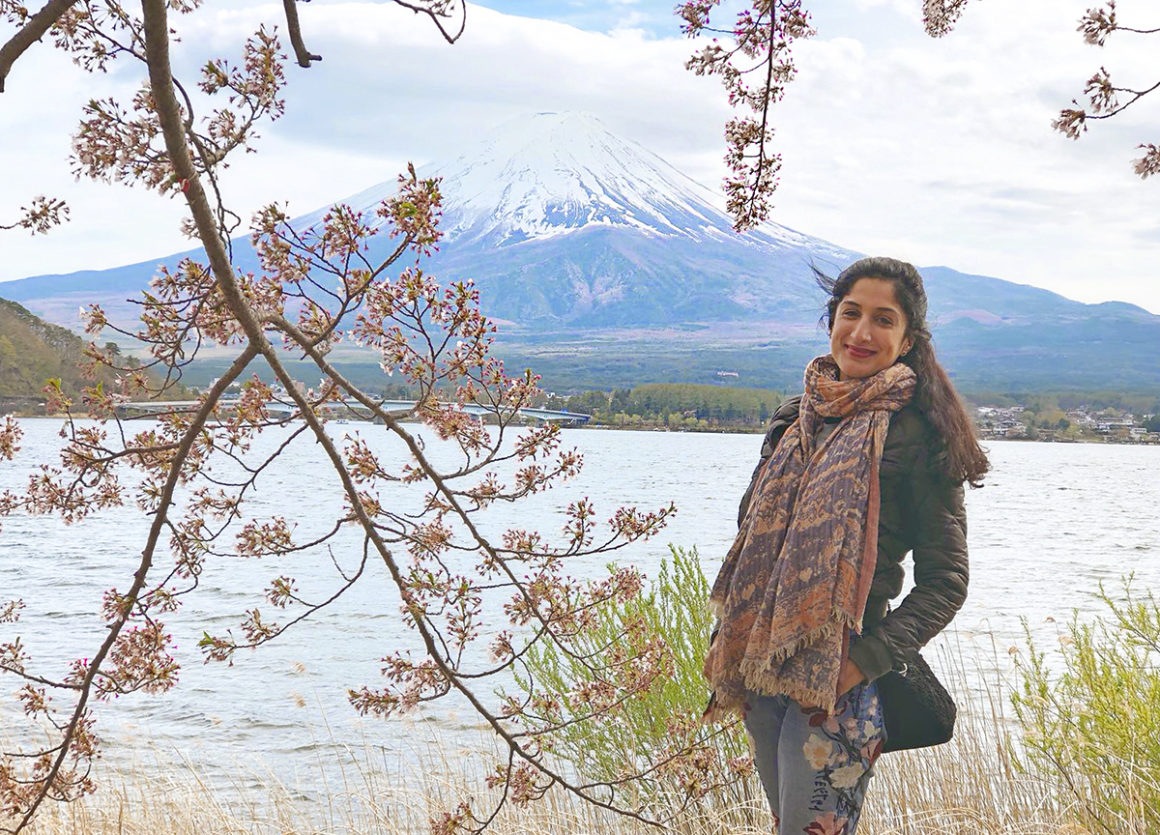
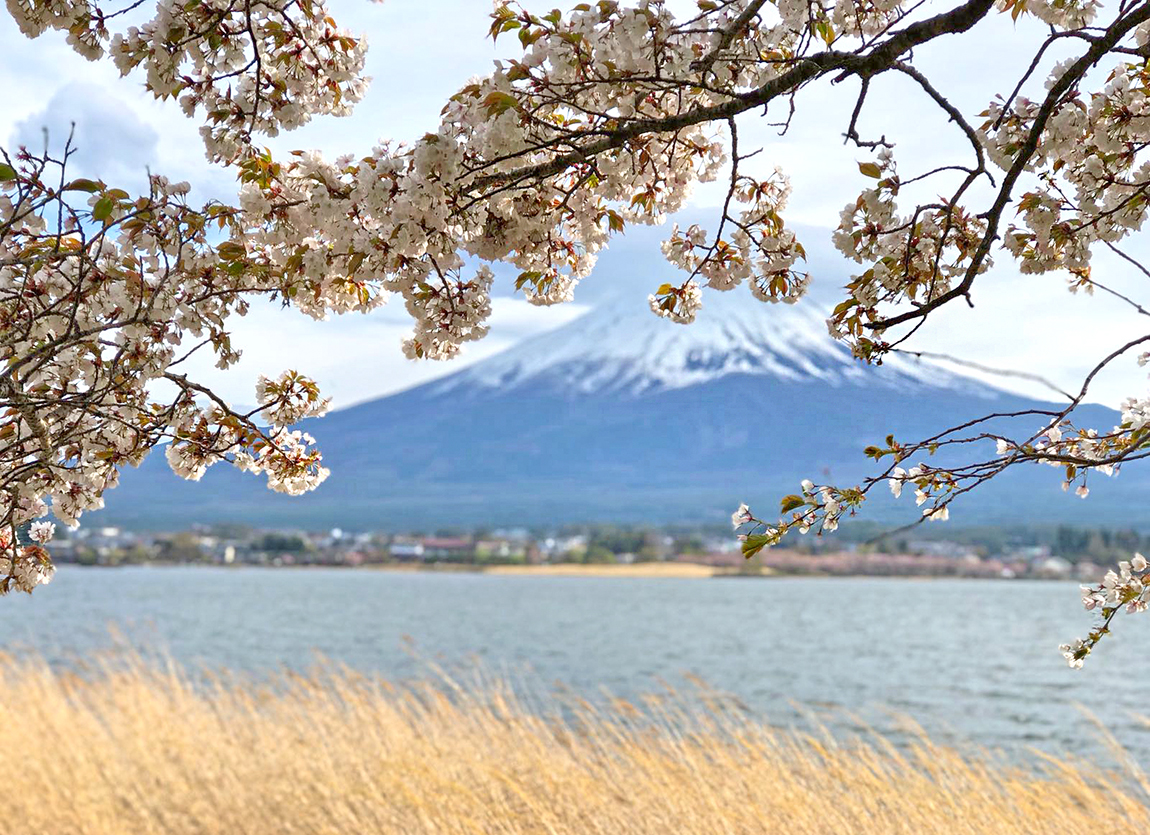
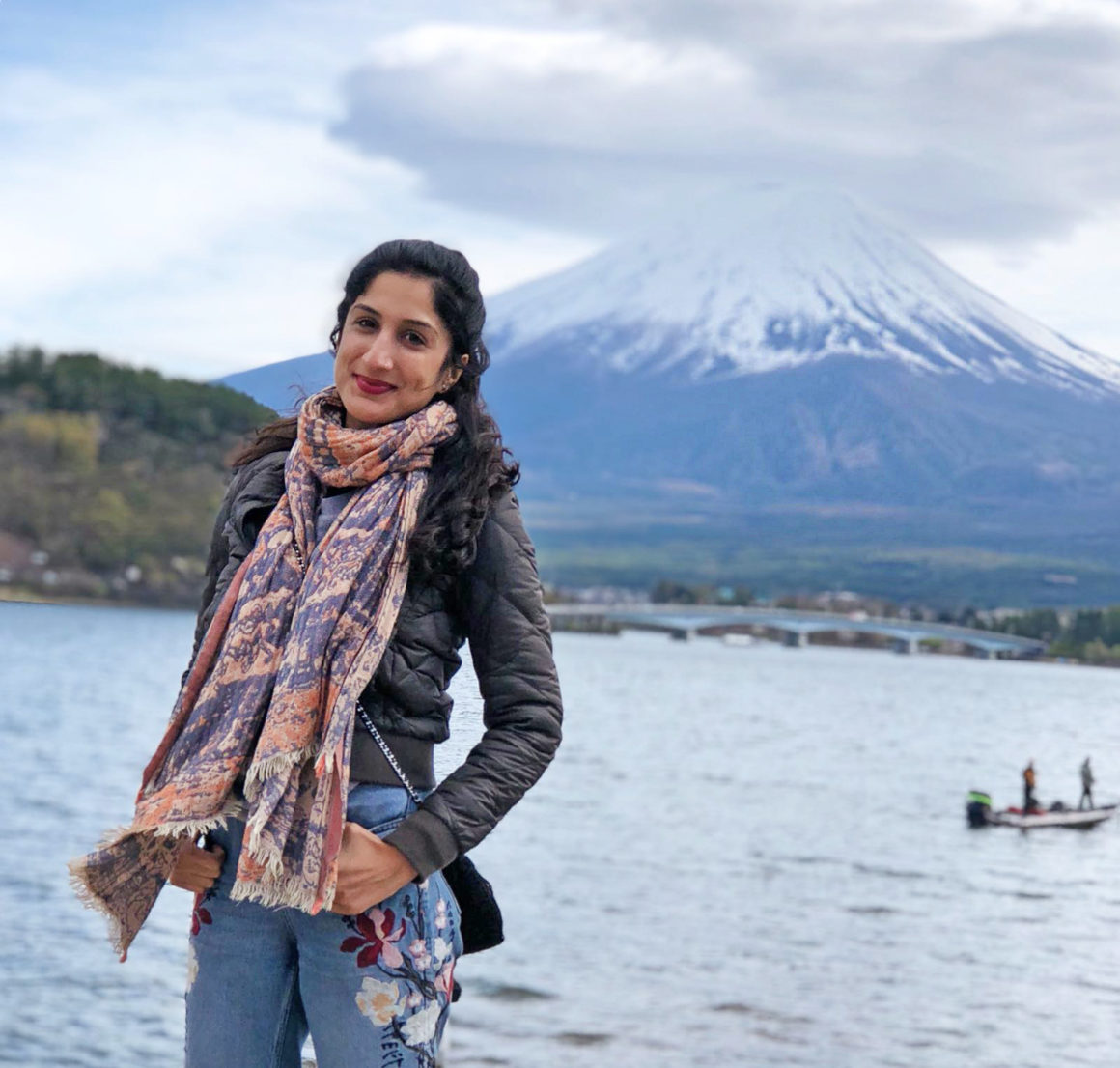
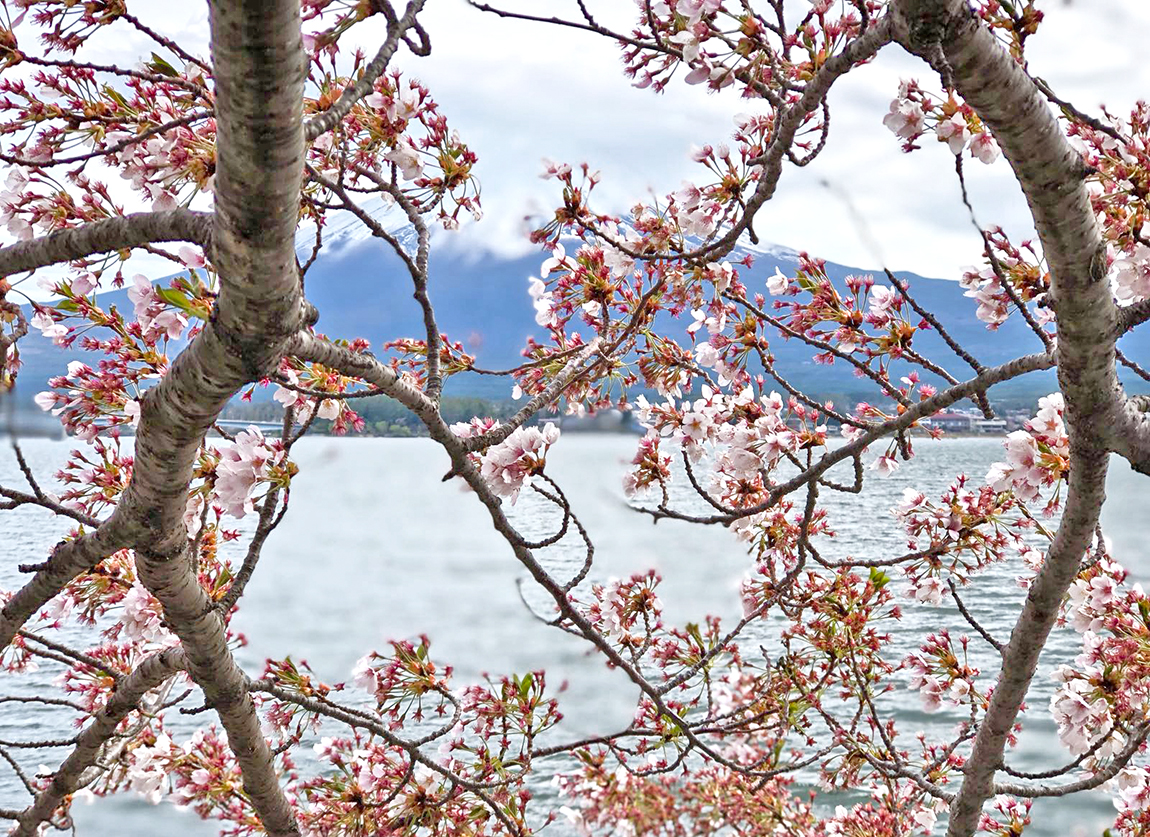
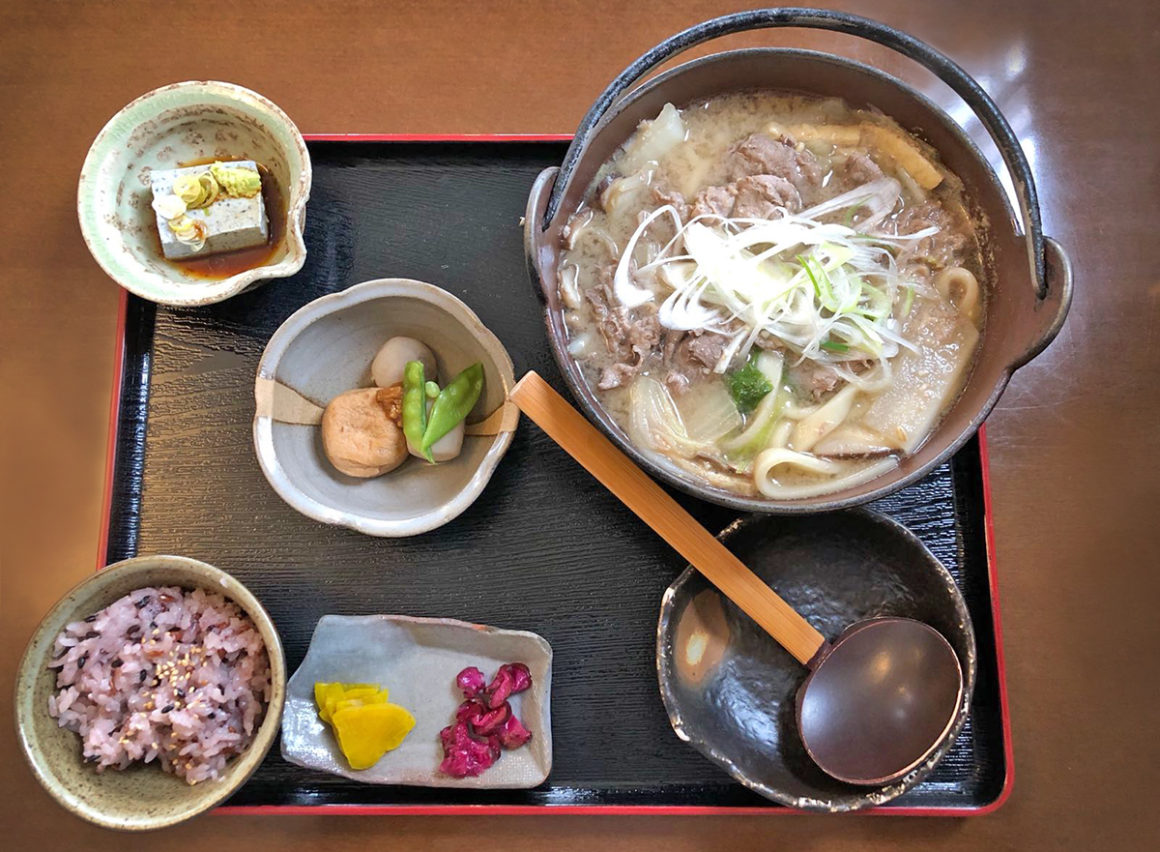
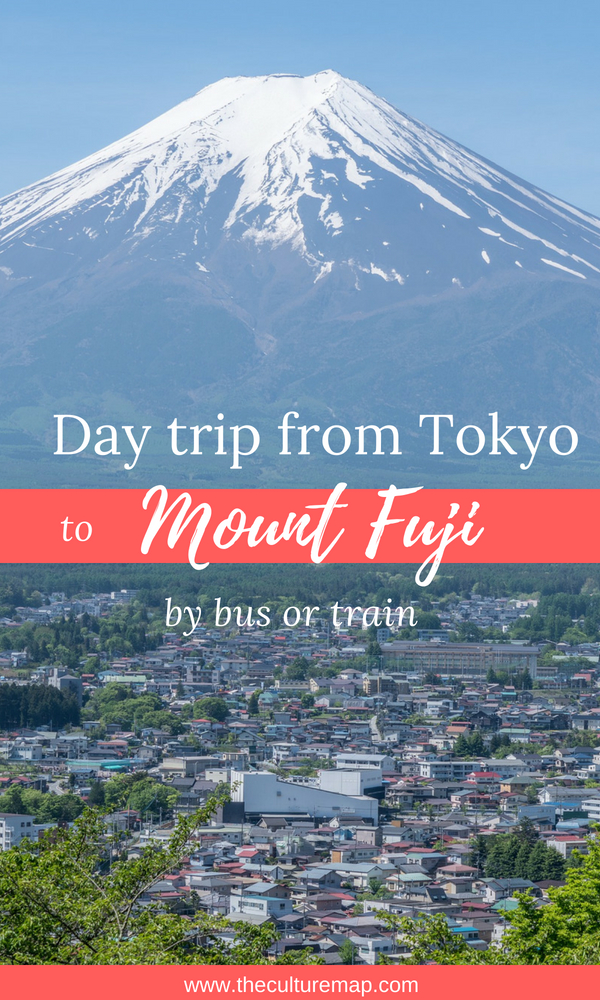
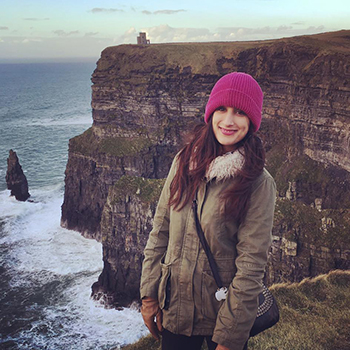


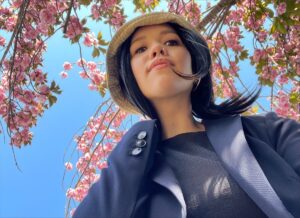
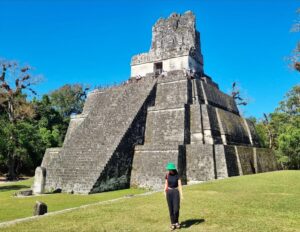
One Response